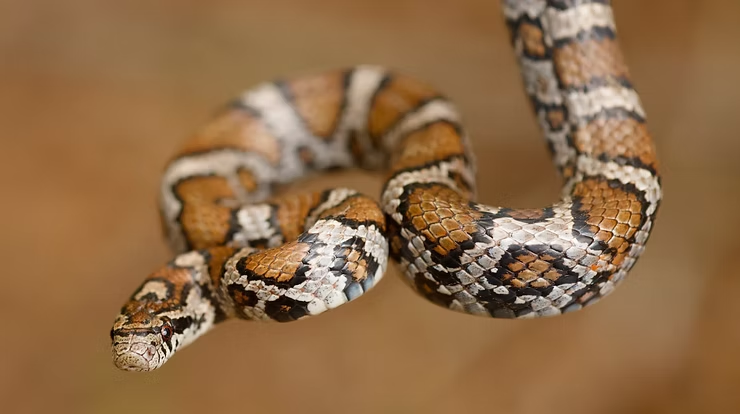Fast fact: Frost
- Willy's Wilderness
- Dec 20, 2023
- 1 min read
Updated: Jul 24, 2025
Have you ever woken up in the morning and looked out the window to find everything covered in a thin layer of frost? It can be so pretty, but it often doesn’t last long. Frost is simply a thin layer of ice that forms on surfaces that are at or below 32 degrees Fahrenheit. Sometimes frost can form on grass and other low surfaces even when air temperatures aren’t at or below freezing because the air at ground level can be colder than higher up. Frost most often forms when skies are clear and winds are calm. Clear skies allow heat to move into the atmosphere, and calm winds prevent a lot of disturbances in the atmosphere.

There are several different kinds of frost. The most common kind is radiation frost, also called hoarfrost. This is the frost that forms on the grass and other surfaces outdoors, but it’s the same kind of frost that forms in your freezer. It forms when the dewpoint, or freeze point when it’s cold, is below freezing, or 32 degrees. The water vapor in the air transforms directly to a solid, covering grass, trees, cars and more with frost. Sometimes thick layers can form, and it looks like a light cover of snow. Because frost typically forms under clear skies, frost will typically begin to disappear, or become water vapor again, once the sun rises and hits the surfaces where it had formed.


